Editing images in Photoshop often requires special techniques to achieve the desired quality and detail fidelity. One of the most effective methods is frequency separation, which allows you to separate the image structure from the color information. In this guide, you will learn how to apply frequency separation specifically for 8-bit images and how to create your layers effectively.
Main findings
With this method, you can edit color and structure details independently. This is made possible by targeted layer management and the application of special filters. You will learn to understand and apply the process of frequency separation for 8-bit images.
Step-by-step guide
Start with the basics by preparing the background layer. To do this, duplicate the background layer twice and rasterize it if it consists of smart objects. This is an important first step to edit the structures and colors separately.
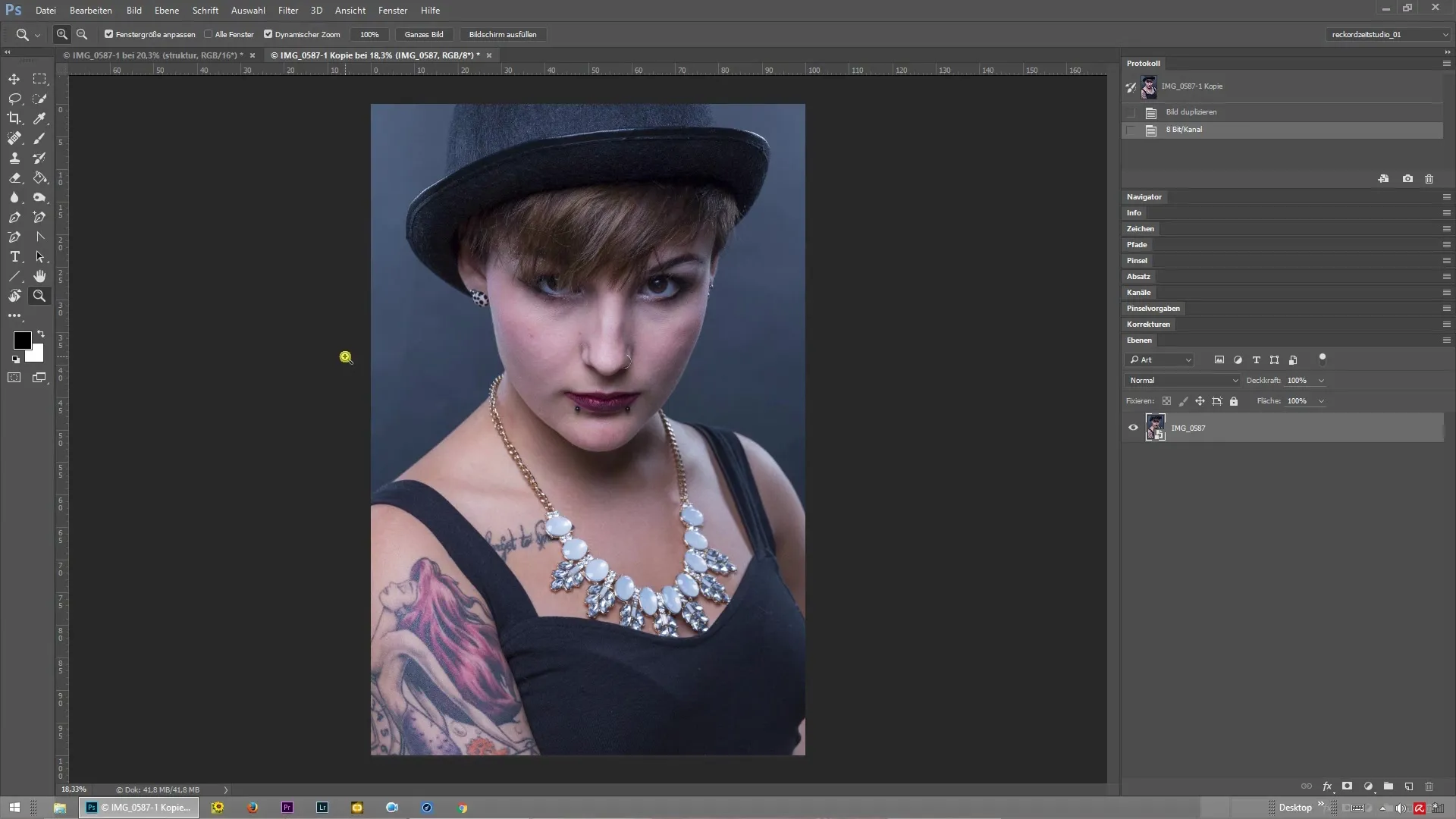
After you have duplicated the background layer, hide the structure layer. This helps you focus on the color values.
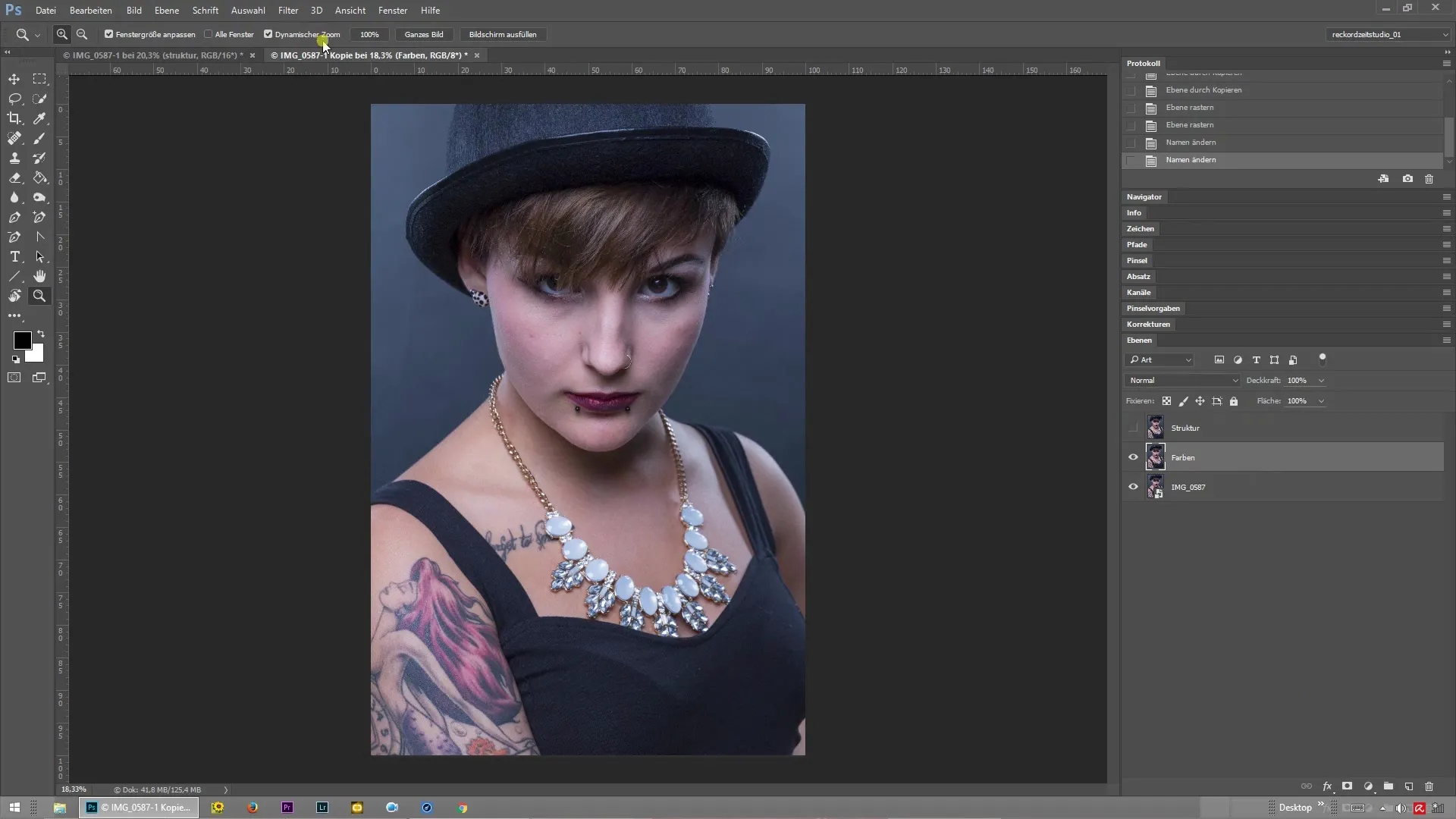
Now apply the blur filter to the color layer to reduce noise effects. Use the noise filter and set the brightness value to 10 pixels. This will give you a clean image that is easier to edit later.
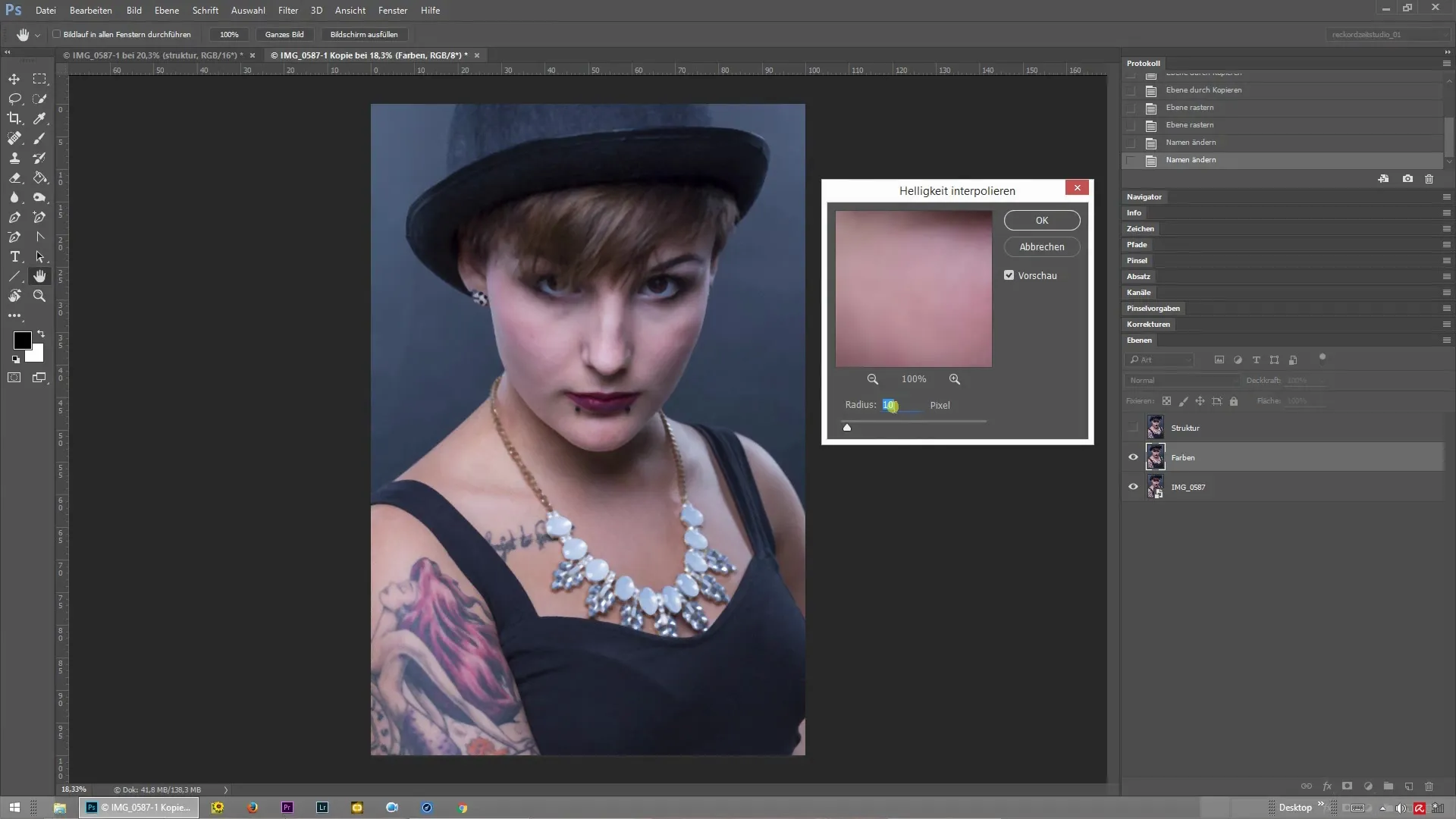
With the color layer now edited, select the structure layer and go to "Image" and then to "Calculate Image". Here it is important to remember that you use different values for 8-bit images.
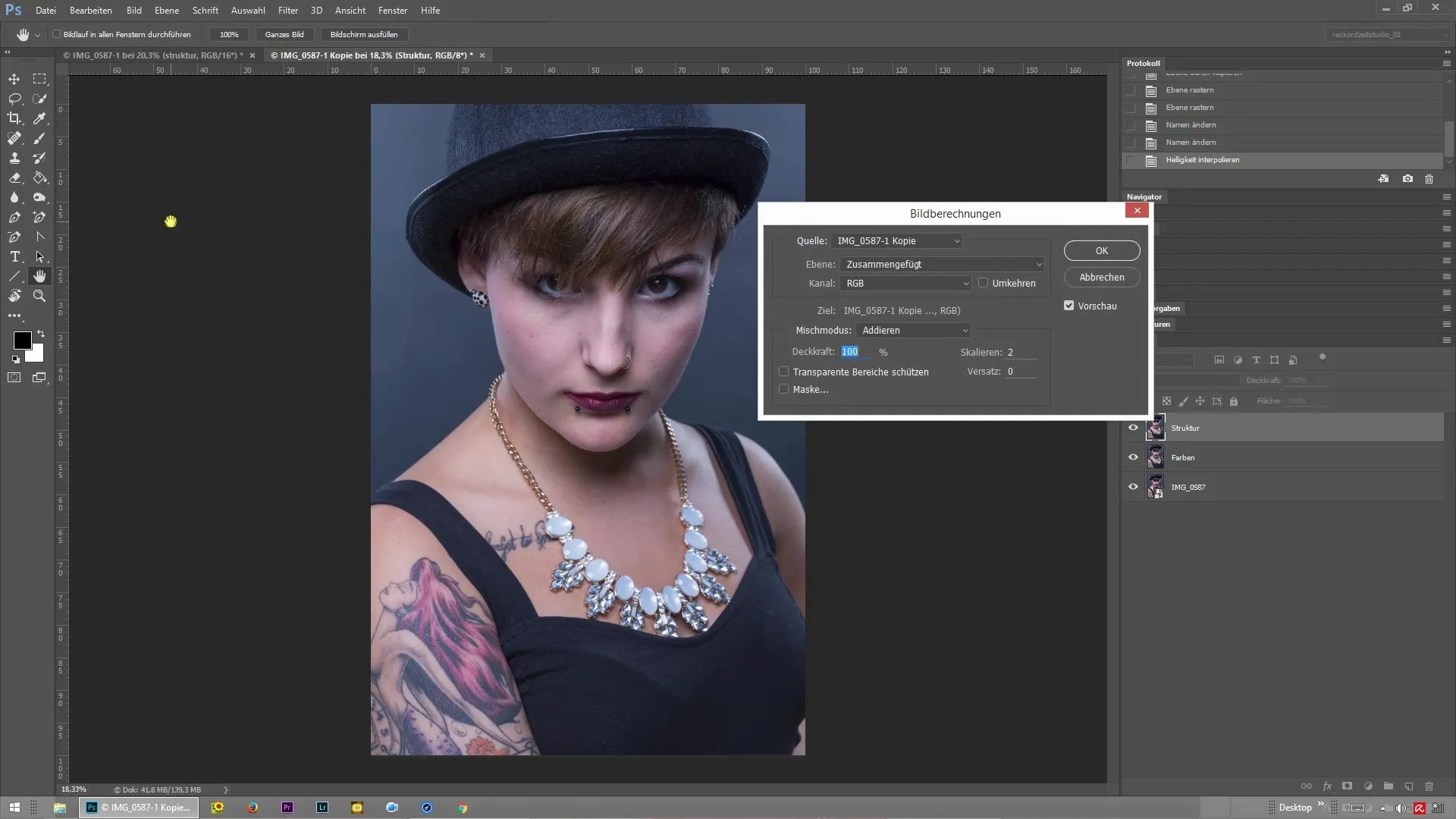
Now select the source, meaning you need to select the already opened image. The layer you want to process further is again the color layer.
Here it is advisable to calculate the structure layer with the color layer in the RGB channel. Set the necessary values: Subtract the neutral gray with an offset of 128 for color balancing.
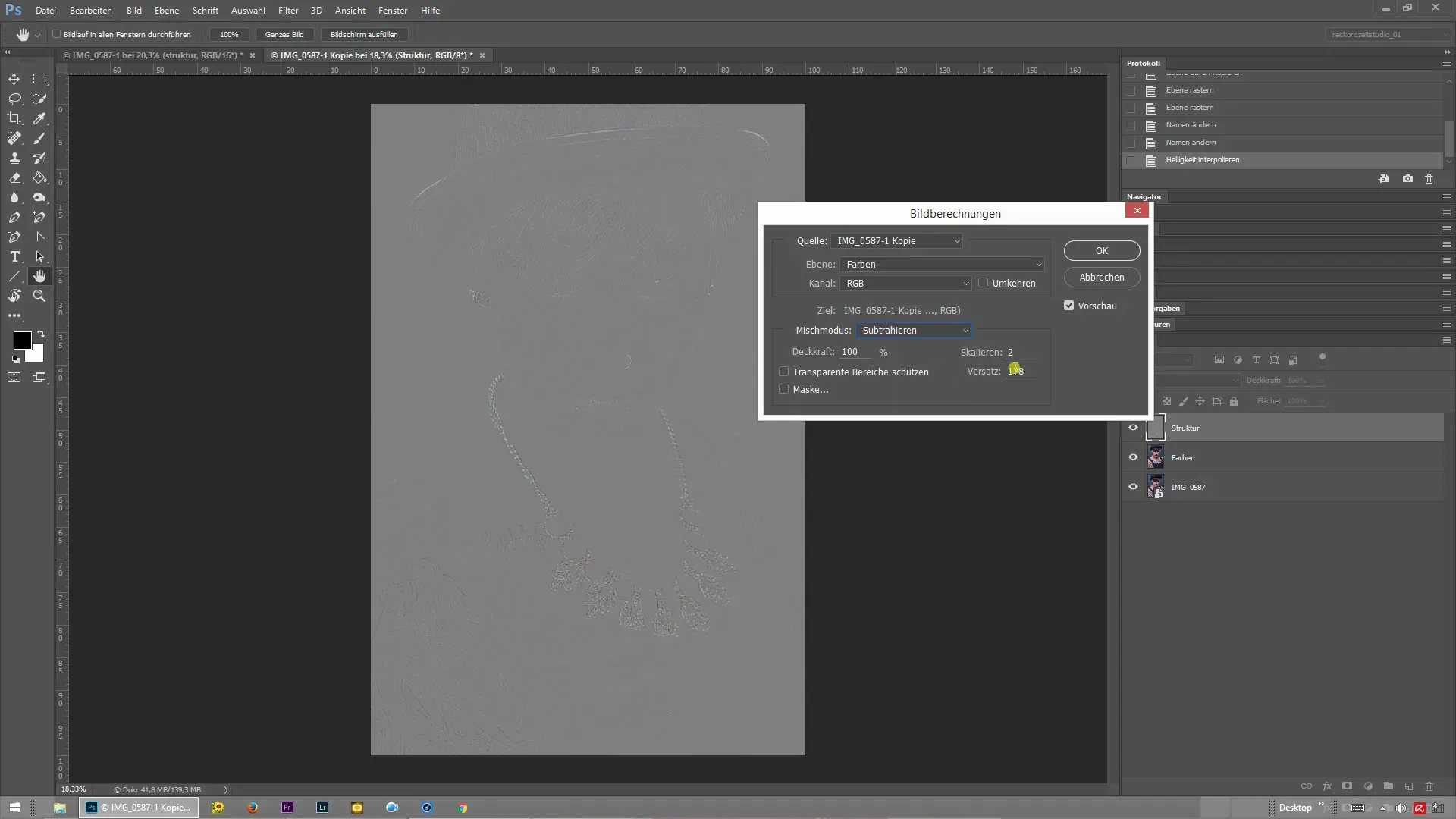
After you have entered all values, confirm your selection. This ensures that you have the appropriate layer with the pure structures. Check all settings and close this dialog with "OK".
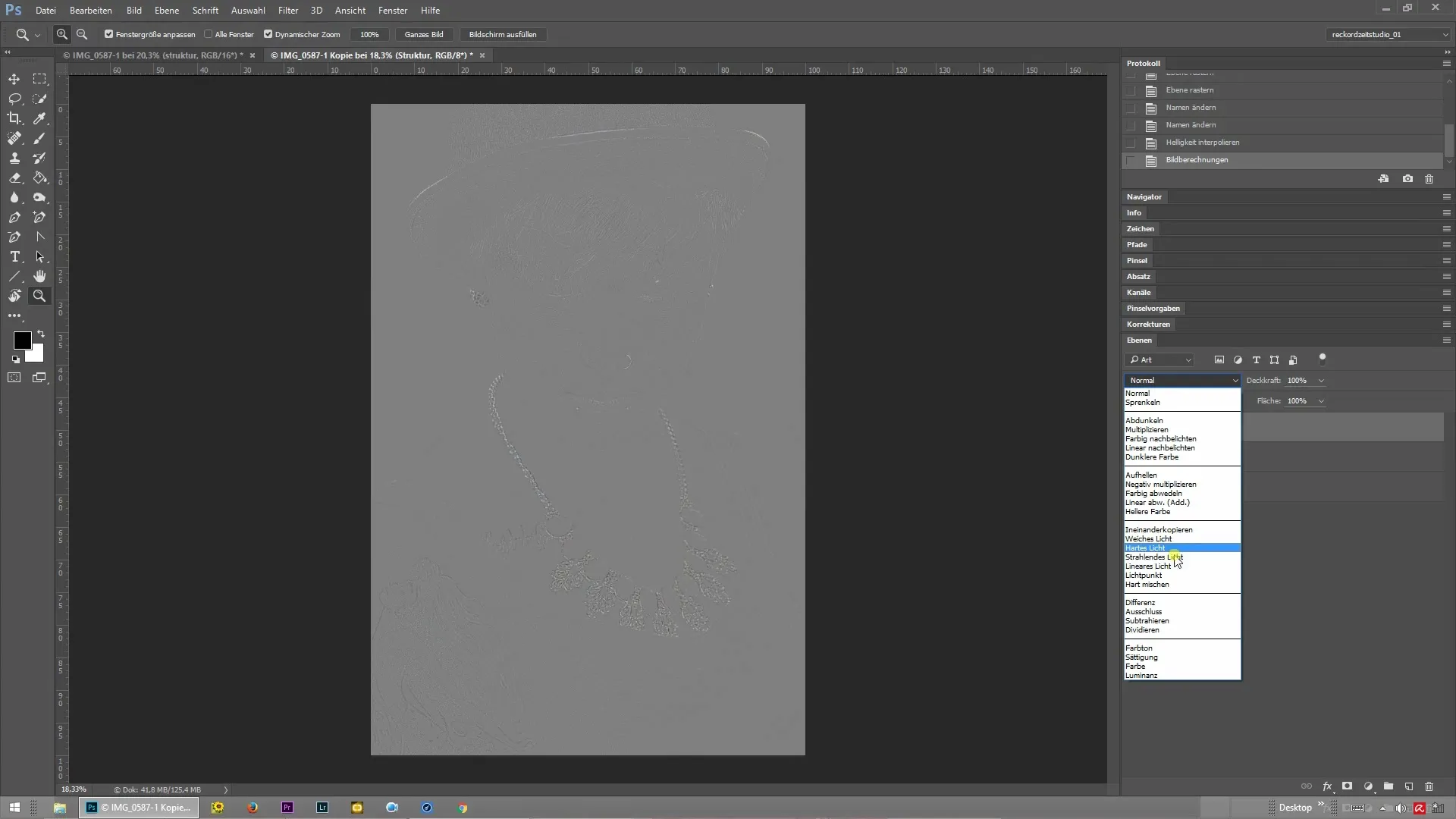
Now it is time to set the blending mode to "Linear Light". Hide the two other layers to see the structure in isolation. Here you can zoom in further and take a closer look at the details.
Once you have done this, you will notice that only the structures are now available to you. You can edit and adjust these according to your preferences.
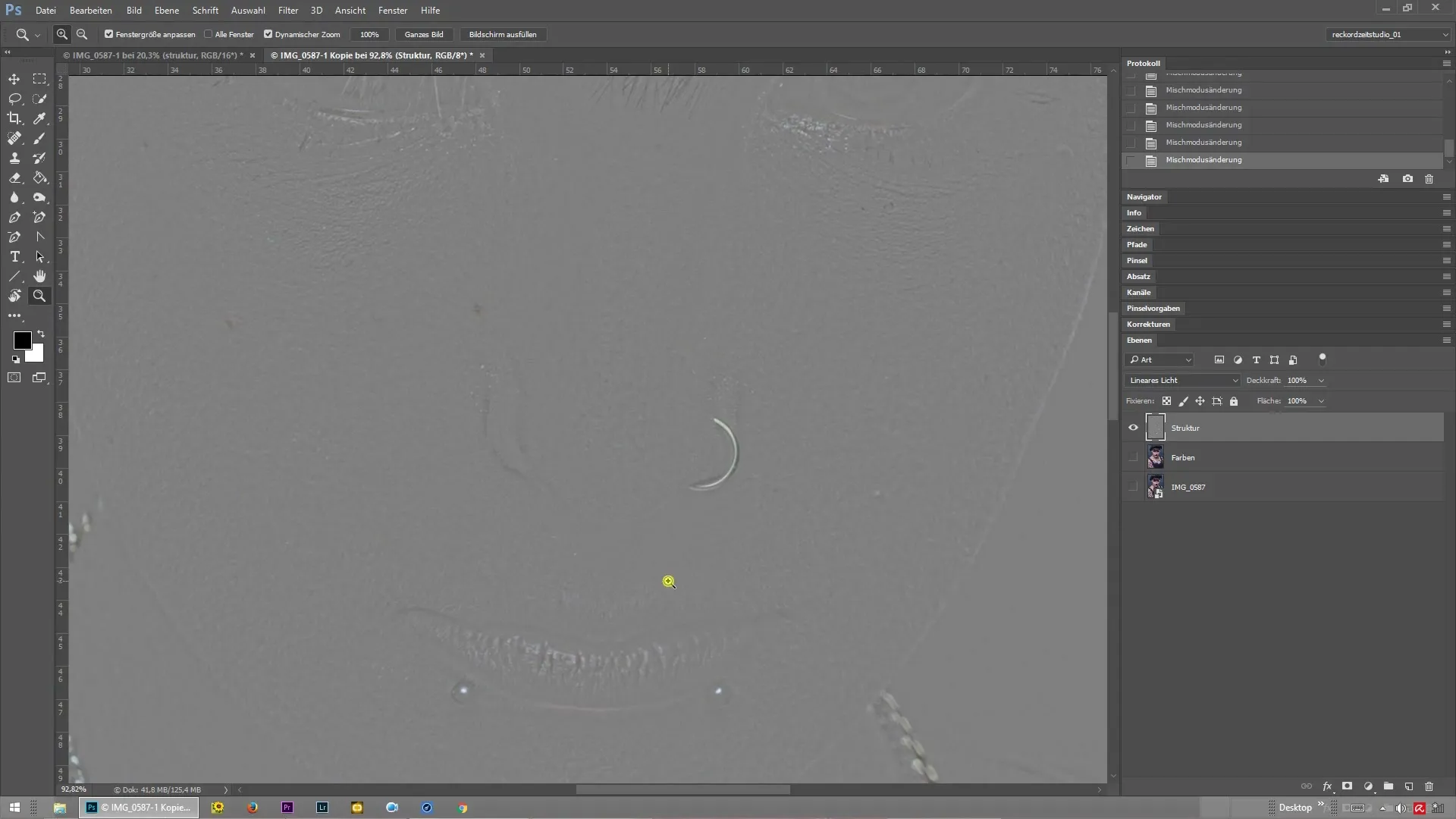
Summary – Frequency Separation in Photoshop for 8-Bit Images
Frequency separation in Photoshop is a great technique to separate colors and structures of an image from each other. This guide on working with 8-bit images shows you the wonderful possibilities this method offers. You have learned how to effectively create layers, apply filters, and use blending modes to edit only the structure of an image.
Frequently asked questions
How can I adjust frequency separation for 16-bit images?The steps are similar, but you need to make different settings for the values in the image calculation.
Can I use this methodology for other image formats as well?Yes, frequency separation can be applied to various image formats, but it is most effective with 8-bit and 16-bit images.
How do I remove unwanted results after frequency separation?Use additional adjustments in the layers or retouching tools to correct unwanted results.


